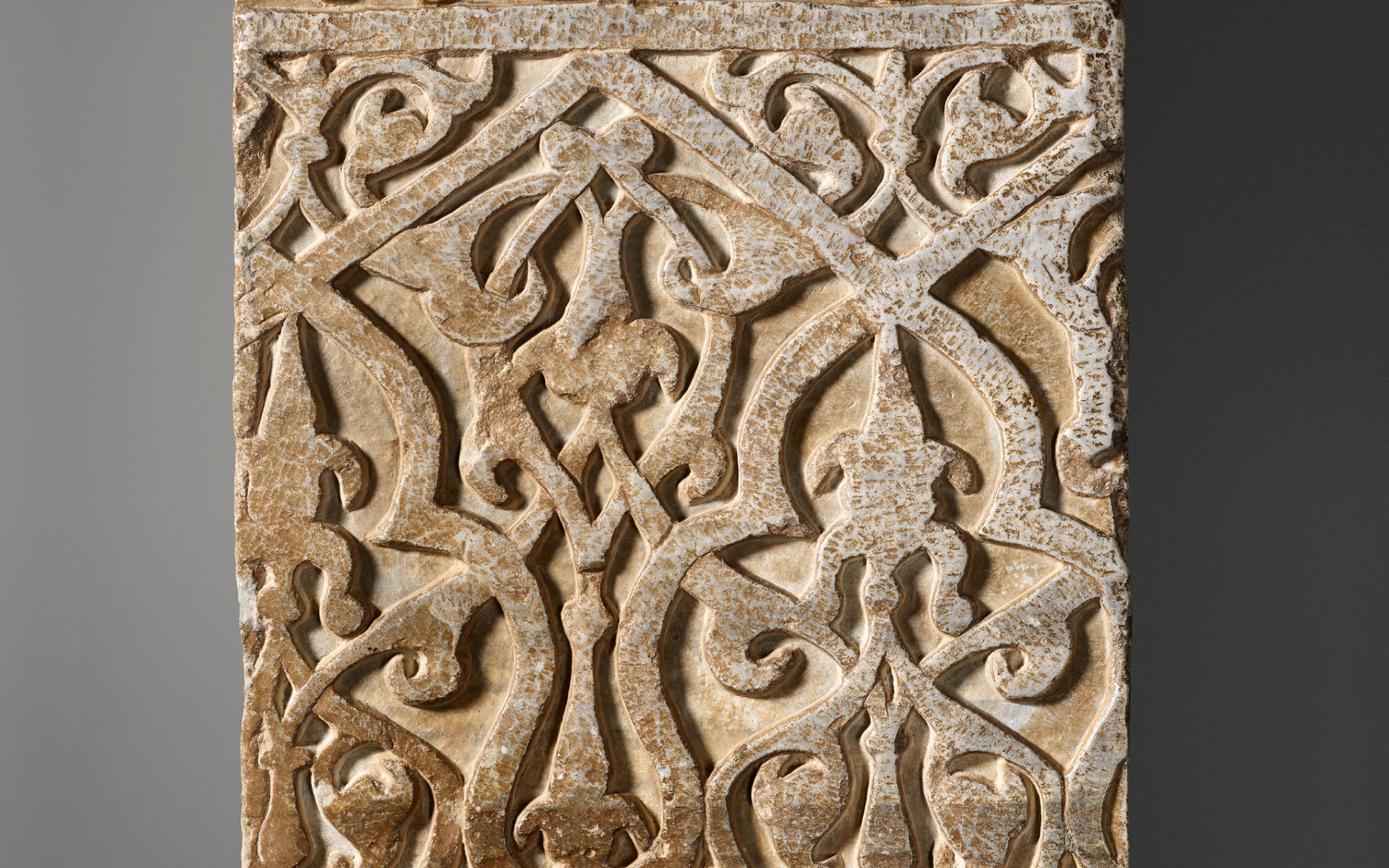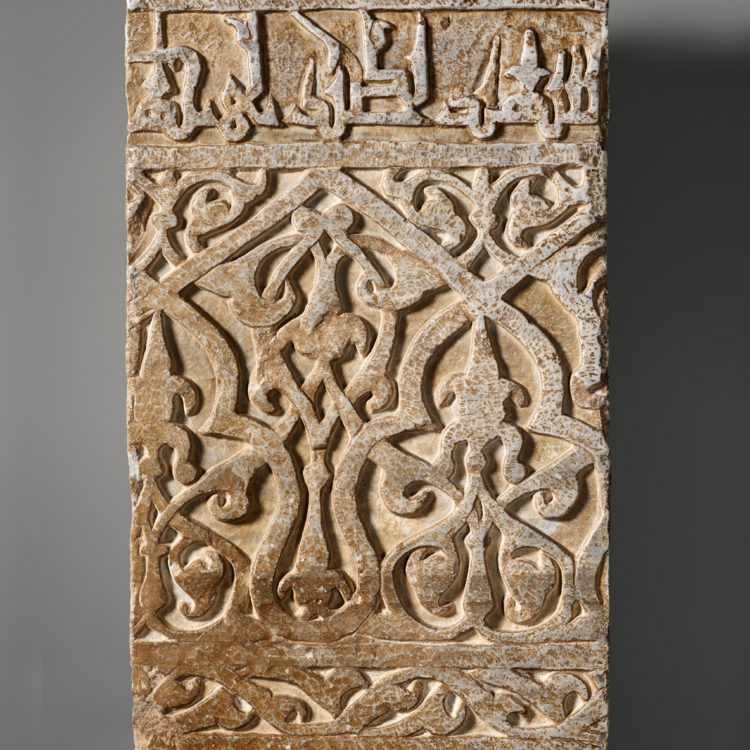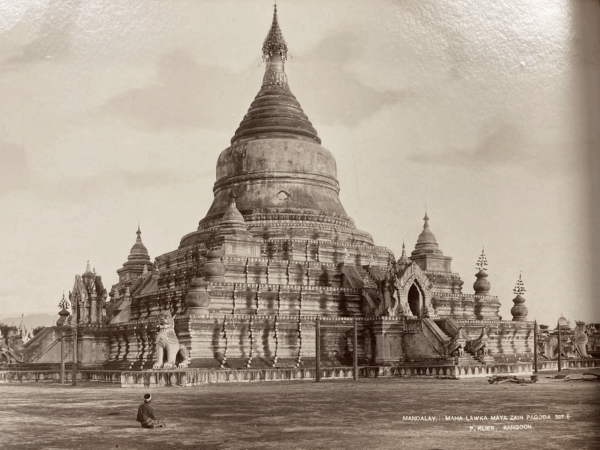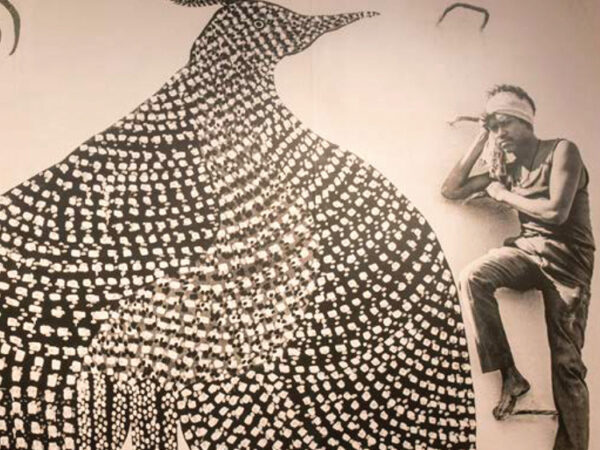Re-History Series: Blood Antiquities and the Global Art Market
Find out more about the looting of ancient sites and museums across West Asia (including Syria, Iraq, and Afghanistan) and efforts to prevent it.
You’ve probably heard about “blood diamonds.” But what about “blood antiquities” –– artworks that have been looted and sold on the international art market to finance wars and terrorist activities? In this virtual event, scholars and artists address this issue and explore the complex history of a group of marble relief friezes from the Palace of Sultan Mas’ud III in Ghazni, Afghanistan, which were reused in mausolea in Afghanistan, and are now dispersed in museum collections across the world. Panelists will talk about the care of historical architecture and artifacts, artistic responses to looting, and the need to shift from a crisis mindset toward more sustainable heritage management practices.
Panelists
Zainab Bahrani, Edith Porada Professor of Ancient Near Eastern Art and Archaeology at Columbia University
Stephennie Mulder, Associate Professor of Islamic art, Architecture, and Archaeology at The University of Texas at Austin
Michael Rakowitz, Alice Welch Skilling Professor of Art Theory and Practice at Northwestern University and creator of Trafalgar Square Fourth Plinth installation “The Invisible Enemy Shall Not Exist”
Martina Rugiadi, Associate Curator and Co-Director of ToKa — Towns of the Karakum Project, The Metropolitan Museum of Art
This program is part of the Asian Art Museum Re-History Series, which critically examines the history of the museum and its collections with consideration of race, colonialism, and power.
Public programs are free for members. Not a member? Join today! Use promo code NEWMEM20 for $20 off new memberships.
The Asian Art Museum is committed to being accessible to all. If the price of this virtual program is a barrier for you, please use the code VIRTUALACCESS for complimentary admission. This promotion can be applied under the “Promo Code” section on the Payment Information page.




